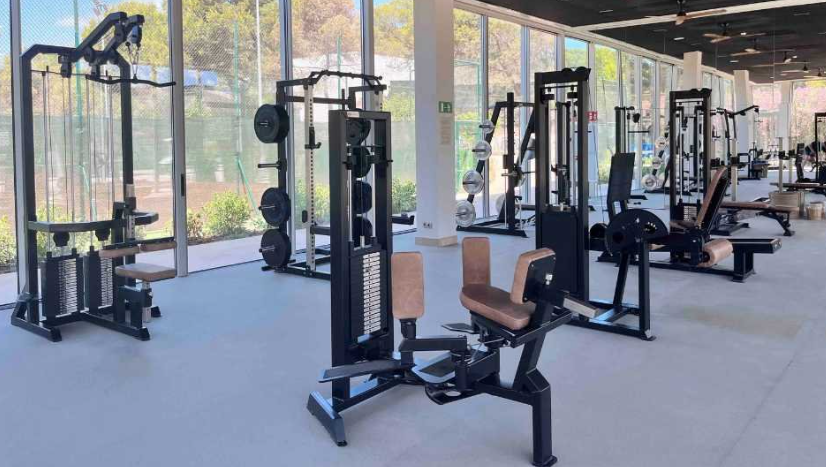As you embark on a healthier lifestyle, you will understand how recumbent bikes symbolise comfort and accessibility. However, many may not realise that these innovative pieces of exercise equipment are not just designed for comfort; they result from meticulous planning and the application of exercise science principles. This article discusses recumbent bikes, exploring how their design incorporates insights from exercise science to create a fitness experience that is both effective and comfortable.
Understanding the Basics
Before exploring the science behind recumbent bikes, it is essential to understand the basics of these machines. A recumbent bike is a stationary exercise bike with comfortable, reclined seating. Unlike traditional upright bikes, these bikes provide support for the back, which can be especially beneficial for individuals with lower back issues or those who prefer a more relaxed workout posture.
Ergonomics and Body Mechanics
One of the key aspects of design is ergonomics. Ergonomics is the science of designing equipment and devices to fit the human body’s natural movements and capabilities. Regarding these bikes, this means ensuring that the seat, pedals, and handlebars are positioned to minimise strain and maximise comfort.
Their ergonomic design allows users to maintain proper body alignment during workouts. This reduces the risk of developing poor posture or experiencing discomfort during or after exercise. By aligning the body correctly, these bikes enable users to focus on their workout without distractions, resulting in more effective fitness routines.
Resistance and Intensity
Exercise science plays a significant role in determining the resistance levels and workout intensity achievable with these bikes. These machines often feature adjustable resistance settings that allow users to customise their workouts. The resistance can be increased or decreased to create a range of workout intensities, from gentle rehabilitation exercises to high-intensity interval training (HIIT).
Exercise scientists and fitness experts have contributed to developing these resistance systems, ensuring that users can achieve the desired level of exertion while maintaining safety and effectiveness. This adaptability is particularly valuable for individuals with varying fitness levels and goals.
Cardiovascular Benefits
Recumbent bikes are known for their cardiovascular benefits. Exercise science has shown that cardiovascular exercise, such as pedalling on such equipment, can improve heart health, increase lung capacity, and enhance overall fitness. The design of these bikes encourages users to engage in longer, more sustained workouts, making it easier to reach and maintain target heart rates for cardiovascular conditioning.
Moreover, the comfortable seating position and reduced impact on joints make them an excellent choice for individuals seeking low-impact cardiovascular exercise. This is particularly important for those with joint conditions or injuries.
Monitoring and Feedback
Modern models often come equipped with advanced monitoring and feedback systems. These systems provide real-time data on essential metrics such as heart rate, speed, distance, and calories burned. Exercise scientists have played a crucial role in developing these monitoring tools to ensure accuracy and reliability.
The availability of this data allows users to track their progress, set fitness goals, and make informed adjustments to their workouts. Exercise science has guided the integration of these monitoring features, making recumbent bikes valuable tools for beginners and seasoned fitness enthusiasts.
Conclusion
Recumbent bikes have evolved beyond mere exercise machines; they are the product of thoughtful design and the application of exercise science principles. From ergonomic seating to customisable resistance, these bikes offer a comfortable and effective means of achieving fitness goals. By aligning with exercise science insights, they provide users with a safe and enjoyable path to improved cardiovascular health and overall fitness.
In today’s fitness landscape, the synergy between design and exercise science continues to drive innovation, ensuring that these bikes remain popular for individuals looking to enhance their well-being through exercise.

